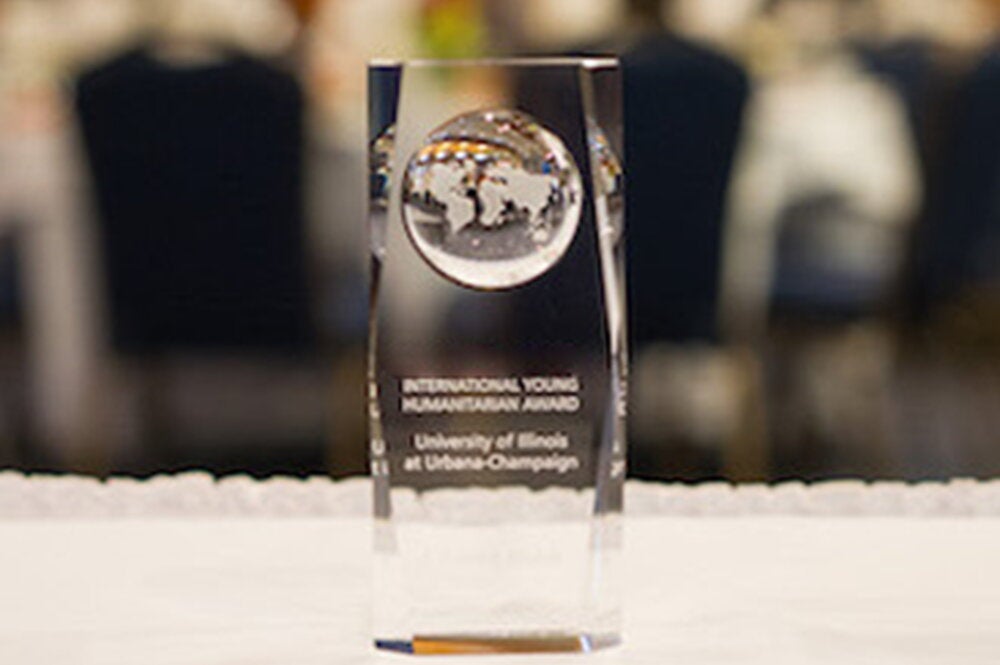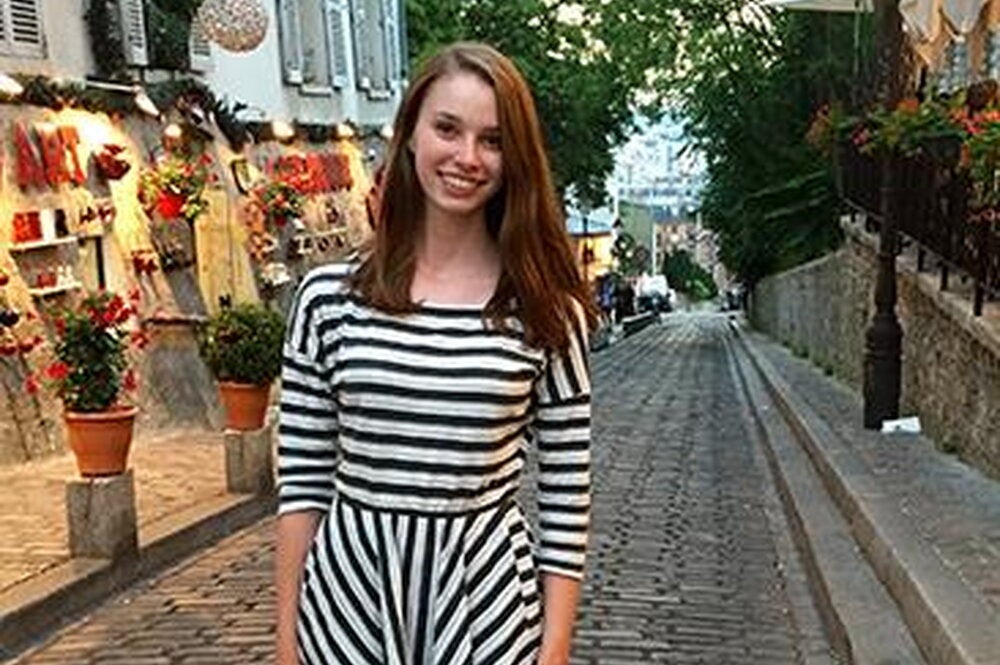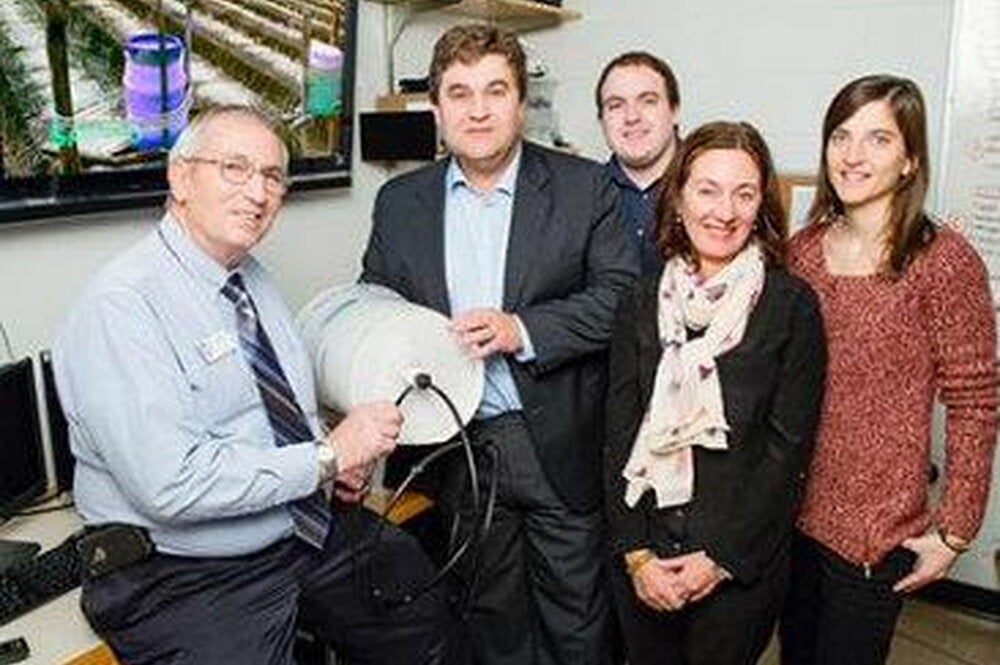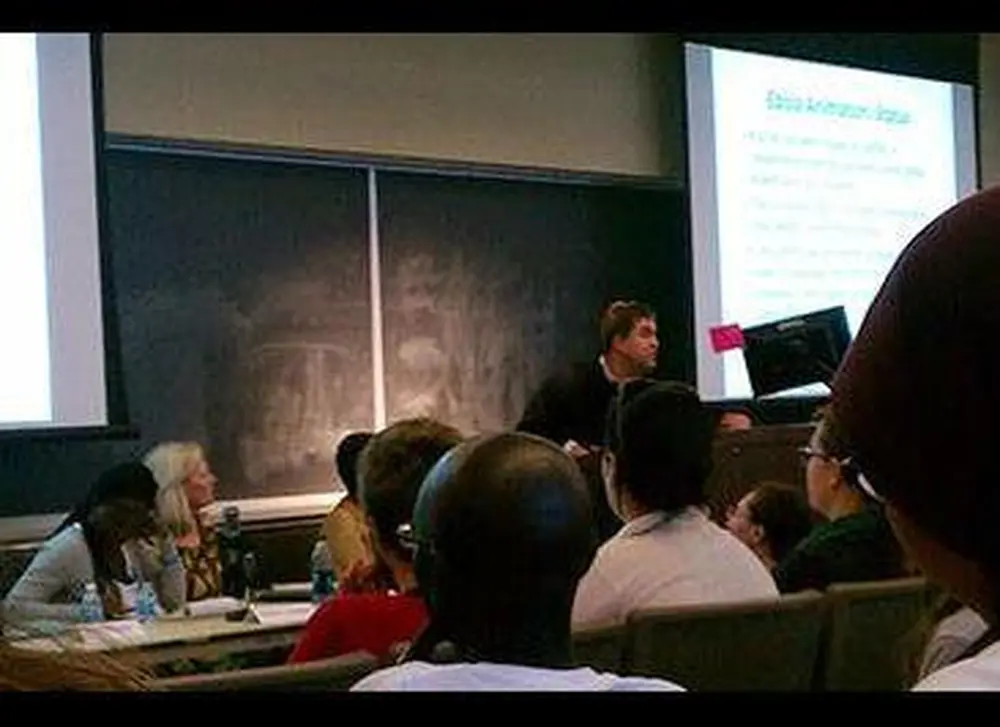
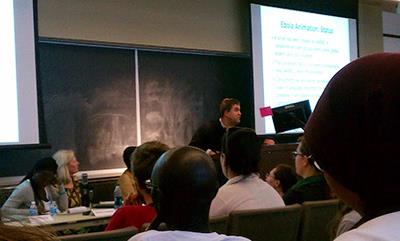
A couple things dwell at the forefront of Merle Bowen’s mind these days, as terrible stories of Ebola have put nerves on edge around the world. One is that Ebola is indeed a deadly virus. The other is that fear of the affliction is only making matters worse.
Bowen, director of the Center for African Studies and professor in the Department of African American Studies, was perplexed, for example, at reports that a small college in Texas was refusing applicants from African countries where Ebola had not been diagnosed. That kind of reaction is not only going too far, she says, but it also casts the entire African continent in a negative and inaccurate light.
“Africa has 54 countries,” she says. “The continent is massive—covering an area over three times that of the United States. The disease is currently confined to three West African countries: Liberia, Sierra Leone, and Guinea. To think that someone from South Africa [poses a threat], that’s pretty incredible. That’s the type of Ebola hysteria that we want to introduce some facts to.”
The Ebola outbreak in West Africa has been met with much reaction in the College of LAS, where the prevailing attitude is that the virus can be kept under control by people with information and the proper perspective.
For example, the Center for African Studies, in partnership with the Center for Global Studies, the Global Health Initiative, and the University YMCA conducted a teach-in on Ebola in September, making Illinois one of the first universities to conduct such an event. (It was in consortium with Northwestern University, which livestreamed the teach-in.)
That was before the virus was first diagnosed in the United States, however, igniting a firestorm of media attention and reactions. So the Centers for African Studies and Global Studies organized a second educational program, an Ebola 101 Seminar, to calm the waters over the question of what happens if Ebola reaches Illinois. Held on campus on November 10, the second event featured doctors and professors, including LAS microbiologist Brenda Wilson. It will be repeated on November 17 at the Urbana Free Library.
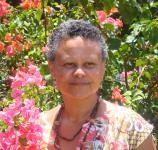
The Center for African Studies also created a blog (http://casillinois.blogspot.com/) to share articles, statements, educational materials, and other information about the virus.
“I think it’s important for the community to know that there are measures in place to deal with Ebola,” Bowen says. “I think the local community and the University community should feel comfortable knowing that people have thought about this, that a place like Carle Hospital [in Urbana] has these steps in place if this should occur. We want to give a public face to the professionals who are in control, so that the public doesn’t feel overwhelmed with it.”
Others in LAS are also responding to the outbreak. Barry Pittendrigh, professor of entomology and director of U of I’s Scientific Animations Without Borders, says they were working with students at Njala University in Sierra Leone on a different project when Ebola began to spread. Sierra Leone, on the west coast of Africa, is among the countries hardest hit by the virus, with nearly 5,000 reported cases by the beginning of November.
The concern was urgent enough that SAWBO, which has produced animations on everything from cholera and malaria prevention to agricultural practices, is working on an animation detailing symptoms of Ebola, prevention, and how officials and residents should respond. SAWBO has received assistance from students on campus through the Global Health Initiative, the Centers for African Studies and Global Studies, volunteers who work with the World Health Organization, and with volunteer and financial support from the University YMCA.
When the animation is complete in a few weeks, Pittendrigh says, it will be provided to any organization that wants to use it, in as many languages as possible to cover the countries impacted by—or in danger of—the outbreak.
“We will be passing the animation to the University YMCA, which has connections with well over a dozen outlets in Sierra Leone,” Pittendrigh says. “They’ll be able to use it for many things, from putting them on people’s cell phones to overhead projection systems, to another technology that we have on tap that will push it out to people’s cell phones as they walk by.”
Their hope is that they will help the communities hardest hit by the virus. The consensus among health officials is that the best way to end the Ebola outbreak is to stop it at its source in West Africa, where the vast majority of its victims reside.
